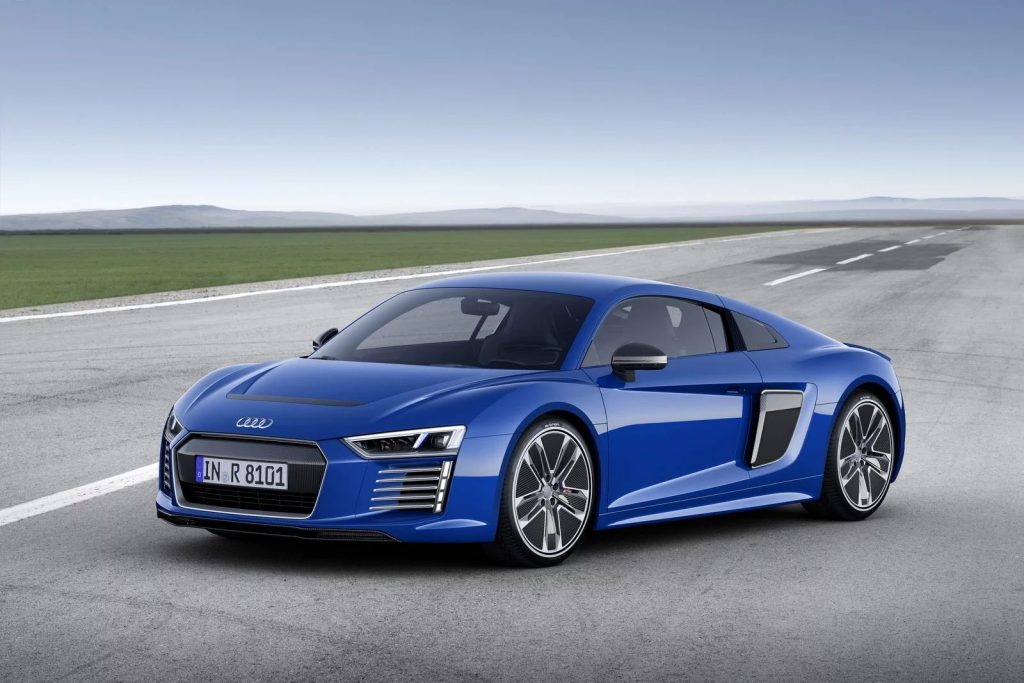
6) Charging stations are becoming common
According to the latest Department of Energy estimates, there are nearly 21,000 public EV charging stations across the U.S. While that figure is relatively small, you can count on them at public parking garages at airports, office buildings and hospitals and in many retailers.
According to our tech consultant at Champion Chrysler Jeep (Lansing, MI), most prevalent are 240-volt Level 2 chargers that can fully restore an EV battery in around four hours, depending on the model. A rarer, but quicker alternative is to use a Level 3 DC Fast Charger that can replenish a vehicle’s battery to 80% capacity in as little as 30 minutes. Check out some EV charger installers auckland.
7) Low repair costs
Owning an electric car means never having to take the vehicle in for oil changes and tune-ups, and there are far fewer moving parts that would eventually fail and need replacing. Take typical wear-and-tear items like spark plugs, valves, muffler/tailpipe, distributor, starter, clutch, drive belts, hoses, and a catalytic converter; they aren’t even on EVs.
8) No pollution
Unlike an internal combustion engine which spews greenhouse gases into the atmosphere, electic cars arerunn cleanly. However, as critics are quick to point out, an EV’s overall effect on the environment depends on the local source of electricity. However, scientists have concluded that EVs are generally responsible for less pollution than conventional vehicles in all 50 states.
9) They can work nicely with solar power
Arguably the greenest way to go when it comes to keeping an EV charged is to generate the electricity at home via solar panels. While this could set you back $20,000 or more, a federal tax credit will cover 30% of the cost, and some states offer additional incentives to go solar. Unfortunately, the federal credit is scheduled to drop to 26 percent in 2020, 22 percent in 2021, and will be discontinued altogether in 2022.
10) Used ones are cheap
Typically, used versions of EVs sell for affordable prices. If you want to know what you can get them for, go to Facebook Marketing place and do a search.
While many older ones will have fairly limited ranges, you may not need a 100 mile + vehicle. This is especially true with second cars and student cars. An older EV could also provide an affordable way to get to and from a commuter rail station for those living in the distant suburbs and working in the city.
